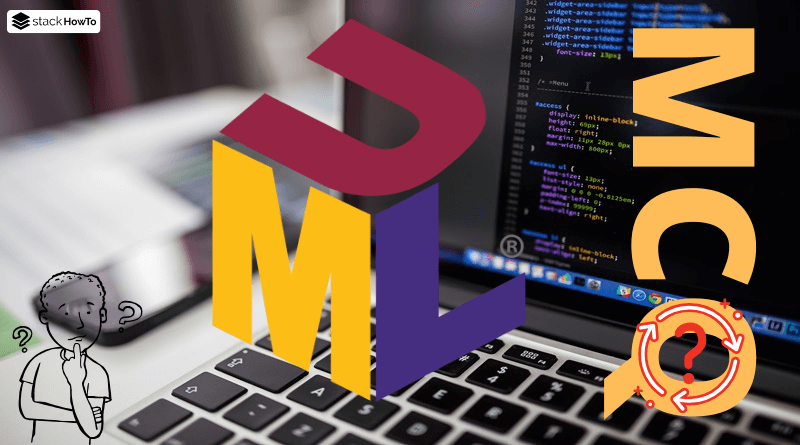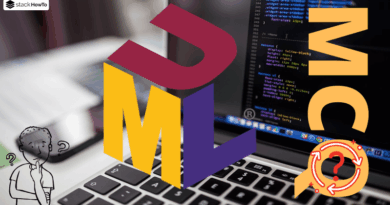UML Diagrams MCQs Questions With Answers – Part 34
Test your knowledge and boost your confidence with these multiple-choice quizzes focused on UML diagrams, foundational software engineering concepts, and real-world best practices. Designed for students, developers, and exam candidates, these MCQs offer a quick and effective way to assess your understanding and sharpen your skills.
1. What does the transition T –> T mean?

A Change of class
B End of state
C A syntax error
D An auto-transition, the system remains in the same state
2. In a class diagram, which UML relationship models that a computer contains a graphics card that does not exist alone?
A Association
B Aggregation
C Dependency
D Composition
3. You want to model an alternative use case (e.g., “payment declined”). Which UML keyword in a sequence diagram?
A loop
B ref
C alt
D opt
4. What is the relationship between Pdf and Document?
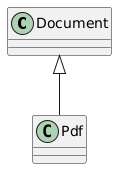
A Document inherits from Pdf
B Pdf is a specialization of Document
C Pdf is independent
D Pdf contains Document
5. What is the difference here?

A All methods are private
B create() is abstract
C login() is static
D nbUsers() is a class method (static)
6. What does the node continue purchase represent after an if (stock sufficient)?
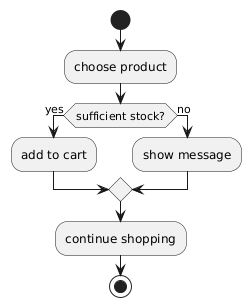
A A loop
B A class
C A merge point
D An activity end
7. What do “Client” and “System” refer to here?
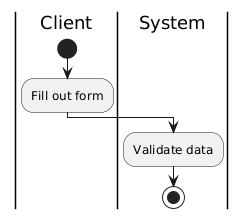
A Classes
B Threads
C Interfaces
D Swimlanes representing responsibilities/actors
8. What does “anonymous class” refer to here?

A A nameless class for UML diagrams
B A temporary class
C A nameless class declared directly within a method
D An exception
9. What role does the “Display Result” block play here?
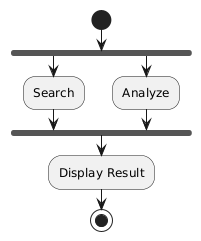
A Join (meeting of parallel branches)
B Start of process
C User interface
D Exception
10. In an activity diagram, what does a horizontal black bar represent?
A A condition
B An initial state
C A logical decision
D Flow synchronization

